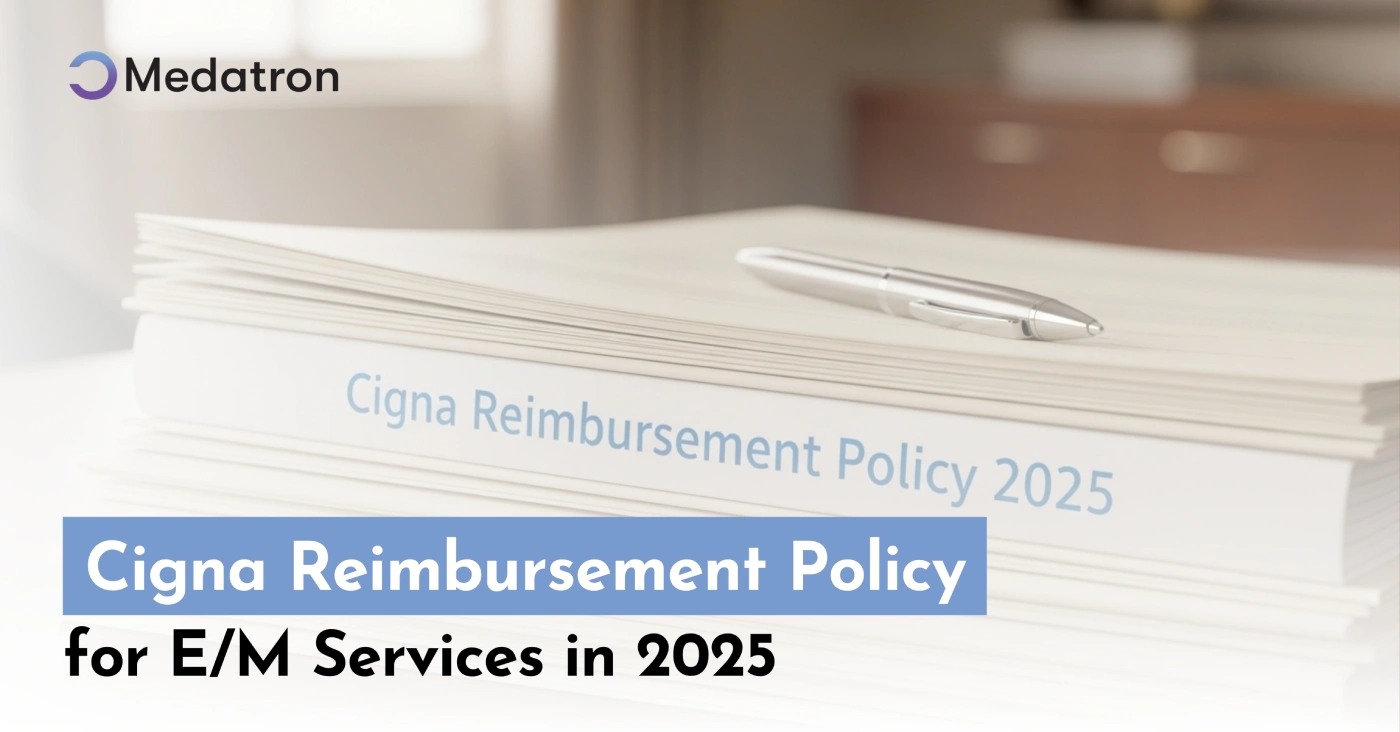Medical billing and insurance claims can be very frustrating, especially when the process denies cash flow and requires extra administrative effort. Numerous commonly used codes, including the PR 204 code, are encountered in professionals’ everyday activities. In this complete guide, we will unpack everything you need to know about the PR 204 Denial Code, its causes, implications, and steps to resolve it correctly.
What is the PR 204 Denial Code?
PR 204 is an abbreviation for Patient Responsibility Code 204. The insurance company denies a claim stating that the service “is not covered under the patient’s insurance plan.” In simpler words, this is a statement from the insurer that the claim is not included in the scope that the patient’s policy allows.
Common Scenarios of PR 204
- Service Exclusion: The policy excludes Some treatments or procedures (e.g., cosmetic surgery).
- Out-of-Network Provider: The patient received services from a provider not covered by the network.
- Pre-existing Condition Clause: The service relates to a condition not covered because of policy stipulations.
- Benefits Limitations: The patient has maximized benefits for a specific service.
How Does PR 204 Affect Billing?
When a claim is rejected with PR 204, it simply means that the financial responsibility now falls on the patient’s head. Thus, this should be communicated to the patient in a way that does not defame the practice’s reputation but is still insurance and law-compliant.
Effects on Patients
- Involuntary Extra Bill: The patient gets an unexpected bill.
- Confusion or Frustration: They need to know how far their policy goes.
Effects on Providers
- Delayed payments: Reversals are time-consuming.
- Administrative Burden: Additional work in the billing and customer service departments.
Steps towards Resolution of PR 204 Denial Code
The resolution of this denial requires proactive communication, verification, and follow-through. The steps are as follows.
Verify Insurance Coverage
- Check for the details of the patient’s insurance plan.
- Determine if the denied service is not covered or if there was just a misinterpretation by the insurer.
Patient Communication
- Notify the patient that their service has been denied
- Explain the reason clearly to the patient.
- Give them a copy of their policy or direct them to the insurer for further clarification.
Resubmit the Corrected Claim When appropriate
- In case the denial was due to coding and billing errors, correct this error
- Resubmit the claim with prior authorization documentation or medical necessity support.
Appeal the decision
- If the service is thought to be covered but denied in error, appeal to the insurance company.
- Include within your appeal:
- A clear statement of why the denial does not apply.
- Documentation for the patient’s record or a letter of medical necessity.
Update Your Billing Process
- Educate staff on eligibility verification before service
- Utilize software applications to mark services that are not covered as determined by plans with the insurance provider
Avoiding Future PR 204 Denials
Implement the following steps to reduce the chances of PR 204 denials.
Thorough Pre-authorization
Ensure that services requiring pre-authorization are checked and approved before proceeding.
Eligibility Verification
Check every visit about the patient’s information, such as network status and service coverage.
Clear Communication with Patients
Educate the patient on their limitations before any service performance takes place.
Stay Updated on Policy Changes
Insurance companies change policies often, so keep current to avoid surprises.
How to Manage Patient Communication After PR 204
When communicating with patients concerning their financial liability following PR 204, consider the following:
- Be Compassionate: Let them know how difficult this is financially.
- Provide Options: Discuss payment plans and even financial counselling if appropriate.
- Patients Educated: Explain what their policy is so they will not experience this again in the future.
Conclusion
PR 204 denial code may be a challenging obstacle in the billing process. Still, a systematic approach can manage it by understanding why the denial occurred and taking proactive steps to resolve and prevent such situations so that they do not affect the smooth running of business.
This will allow medical billing teams to adopt streamlined processes, optimize communication, and strengthen relationships with patients and insurance firms. Altogether, an excellent understanding of PR 204 will translate into far superior financial results and a more open and transparent healthcare experience for everyone.







